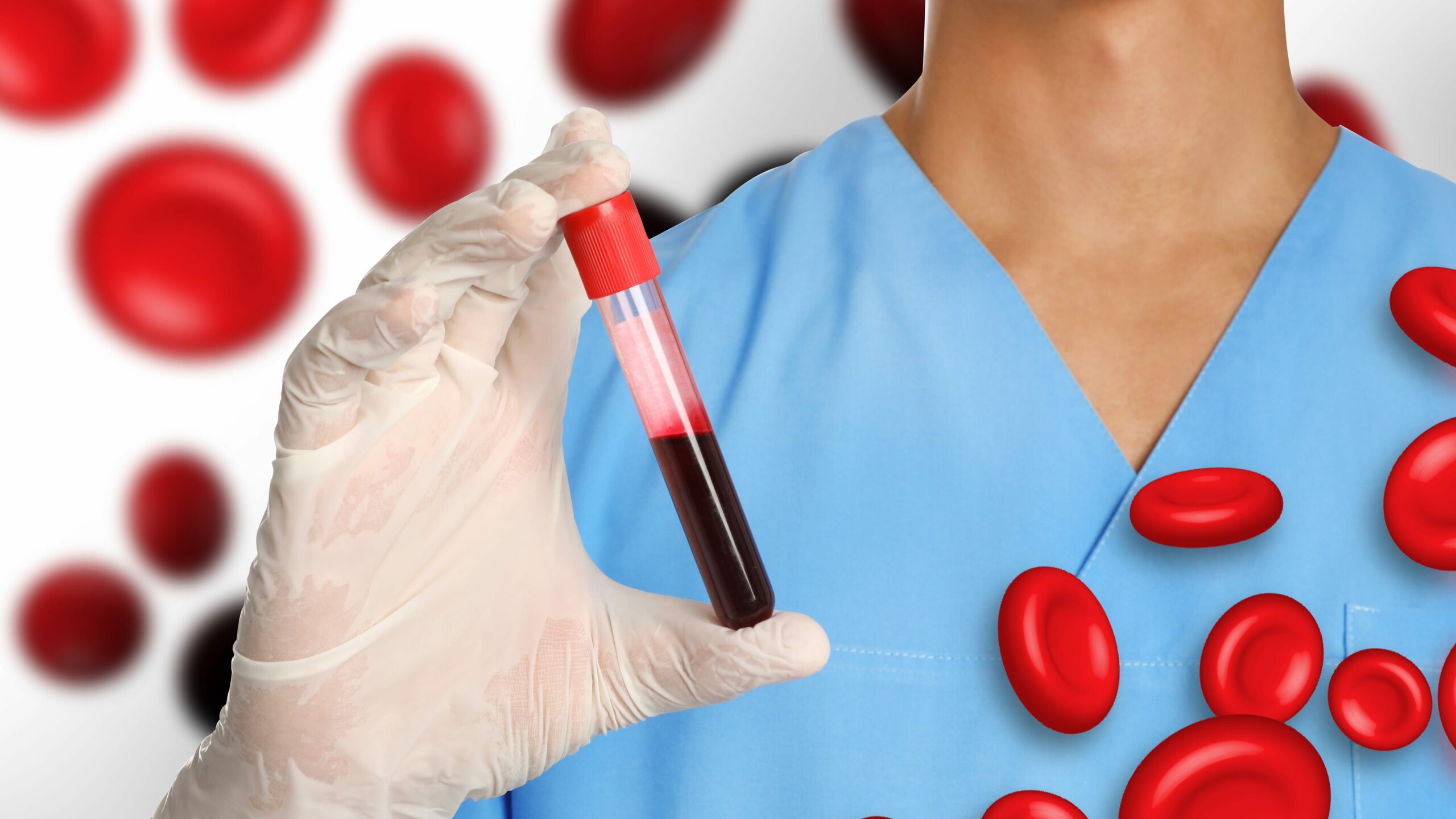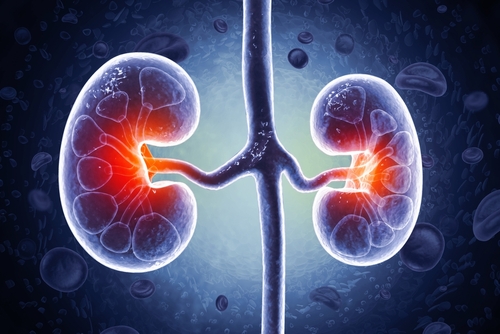
Patients on dialysis have an increased need for protein for several reasons, including the albumin and amino acid losses that occur during the process of removing fluid and waste from the body. The pore size of the dialyzer can be a factor that causes patients to lose protein during treatment. More protein may also be required due to anemia and the shorter half-life of red blood cells, which require amino acids and protein to produce.
Most dialysis patients do not get enough protein in their diets to meet these increased needs. On dialysis days, they are usually fatigued and often do not go home to eat, causing an even greater protein deficit.
I often compare dialysis to a high-endurance sport, such as a marathon or a long bike race. Patients are expending energy and losing vital time to replenish the body. As a result, fatigue continues, along with anemia and a greater risk of hospitalization.
Improving protein intake: A small sample study at two clinics
As a practicing dietitian, I decided to address this problem by conducting a small study with my patients at two clinics. The goal was to examine the effects of written education, protein bar sampling, timing of consumption, and timing of lab draws on albumin and energy levels in a controlled environment.
I created an educational handout that included nutrition facts on protein bars and images of recommended dialysis-friendly protein bars. Participants on dialysis got to choose a sample of a protein bar to experience the taste and the timely benefit of consumption prior to a lab draw. They were encouraged to consume the bar during dialysis (most importantly), after dialysis, or before the target lab draw date. Labs were either drawn within 2 to 3 days or within 5 to 7 days of the education.
Outcomes
The results were encouraging; the intervention almost always had a positive effect when implemented. Data evaluated included patient comments, individual lab results, and collective patient outcomes. Patient feedback was collected by meeting individually with each patient while reviewing their lab results.
Most patients liked the bars they sampled, felt better, and had more energy. Patients also responded positively to seeing their albumin levels improve on their individual lab reports. Many patients commented that they knew which bars to purchase and noted that they or family members had purchased the bars.
Clinic A: Patient and clinic albumin lab results; lab draw 5 to 7 days after education
In this patient population, 33 of 71 patients increased their albumin levels by at least 0.1 g/dL from April to May 2024, which reflected a 46% patient-specific improvement in albumin.
The clinic overall had a 2.9% improvement in patients who met the initial criteria of albumin ≥4 g/dL.
Clinic B: Patient and clinic albumin lab results; lab draw 2 to 3 days after education
In this patient population, 25 of 68 patients increased their albumin levels by at least 0.1 g/dL from April to May 2024, which reflected a 38% patient-specific improvement in albumin.
The clinic overall had a 9.9% improvement in patients who met the initial criteria of albumin ≥4 g/dL.
Albumin as an indicator of health: The debate
Even though research shows albumin is a poor indicator of health due to the variability of accuracy, it is used with dialysis patients as a baseline. Dietitians can usually tell when our patients have a change in appetite and consumption or may have a wound, infection, or change in their overall health, sometimes before a diagnosis. This may not be the case in a hospital setting or in other sectors of nutrition management. Dialysis provides a baseline of lab draws, which helps us track changes in health when providing medical nutrition therapy to this specific patient population.
Conclusion: To eat or not to eat when on dialysis?
At the 2024 National Kidney Foundation Spring Clinical Meetings, there was a discussion about whether patients should eat while on dialysis. This talk, as well as the article “Eating during hemodialysis treatment: a consensus statement from the International Society of Renal Nutrition and Metabolism” published in the Journal of Renal Nutrition, ultimately determined that eating during dialysis is beneficial.
I have considered the same question. Based on my experience with patients and the data, it is a resounding yes that patients should have a protein-rich snack while on dialysis!
Would you like to know how to pick protein bars or what kind of bars were used? Stay tuned; more information is to come.
Note: The bars added 12 to 20 g of protein and 170 to 220 calories per serving to patients’ diets.







 © 2025 Mashup Media, LLC, a Formedics Property. All Rights Reserved.
© 2025 Mashup Media, LLC, a Formedics Property. All Rights Reserved.